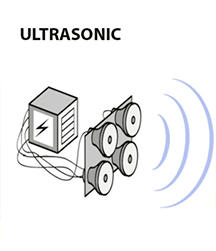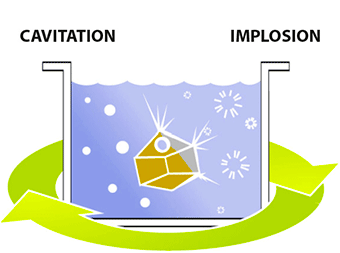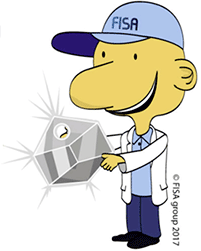18 Questions asked about our ultrasonic cleaning solutions
Here are our customers’ most frequently asked questions about our ultrasonic cleaning machines.
Do you have a local service facility?
Our technical and commercial teams operate all over the world. We have local offices in more than 9 countries.
To find out more: FISA, International designer and manufacturer of ultrasonic cleaning machines
Are your robots manufactured by FISA?
Just like our machines and ultrasonic generators/transducers, our robots are 100% designed and manufactured in our factories.
To find out more: Our ultrasonic cleaning machines and robots
I have a production site in Taiwan, is there a local FISA office?
Our international presence in over 9 countries means we can provide operational service wherever you are located:
- machine sales,
- lab trials,
- spare parts store,
- detergents,
- technical services, etc.
We can operate anywhere in the world; in Taiwan, FAP (FISA Asia Pacific) will be your preferred contact.
Is it possible to see your machines? To test them?
Each FISA subsidiary offers its customers the opportunity to test our machines, to validate the cleaning results obtained on their own parts.
These tests are completely free of charge.
To find out more: FISA, International designer and manufacturer of ultrasonic cleaning machines
Do you have a catalogue of your machines?
Our approach is very customer-focused, so each machine will be adapted to your request, your needs, your specification, your environmental constraints and your budget.
Our machines are adapted to our customers and not the other way around. As a result, we don’t have a standard machine catalogue.
How does ultrasonic cleaning work?
Most of our systems consist of a stainless-steel tank fitted with an ultrasonic transducer activated by a high frequency generator. Parts to be treated are placed in a basket and immersed in the cleaning solution in the tank.



The signal emitted by the generator causes the transducer to create a high-frequency wave that travels through the liquid. This wave then produces successive variations of high and low pressure.
During the low-pressure phases, tiny bubbles appear in the liquid: this phenomenon is called cavitation.
During the high-pressure phases, the bubbles implode on contact with submerged surfaces, releasing the energy that created them. In addition, this mechanical energy increases the efficiency of the chemical action of the cleaning solution associated with it.
I have a project, who should I contact?
Simply send your request using our web contact form. The sales engineer for your area will contact you to get all the necessary details.
I have a question for your after-sales service, who should I contact?
Just write to us using our web contact form, stating your company name, location and your requirement. The technician in your area will then contact you.
I need to buy a spare part, who should I contact?
Just write to us using our web contact form, stating your company name, location and your requirement. The storekeeper for your area will then contact you.

